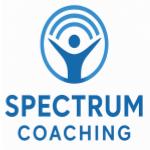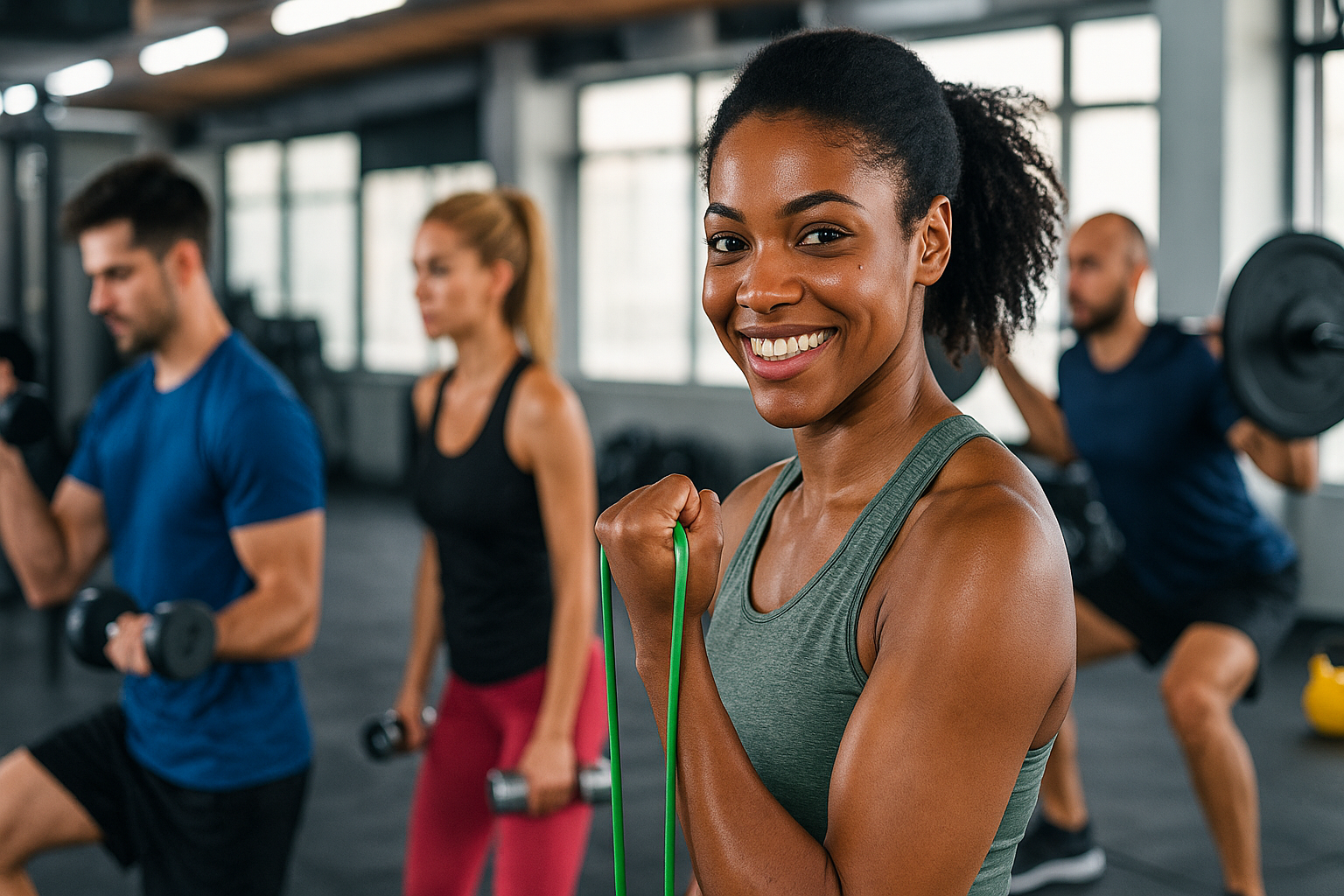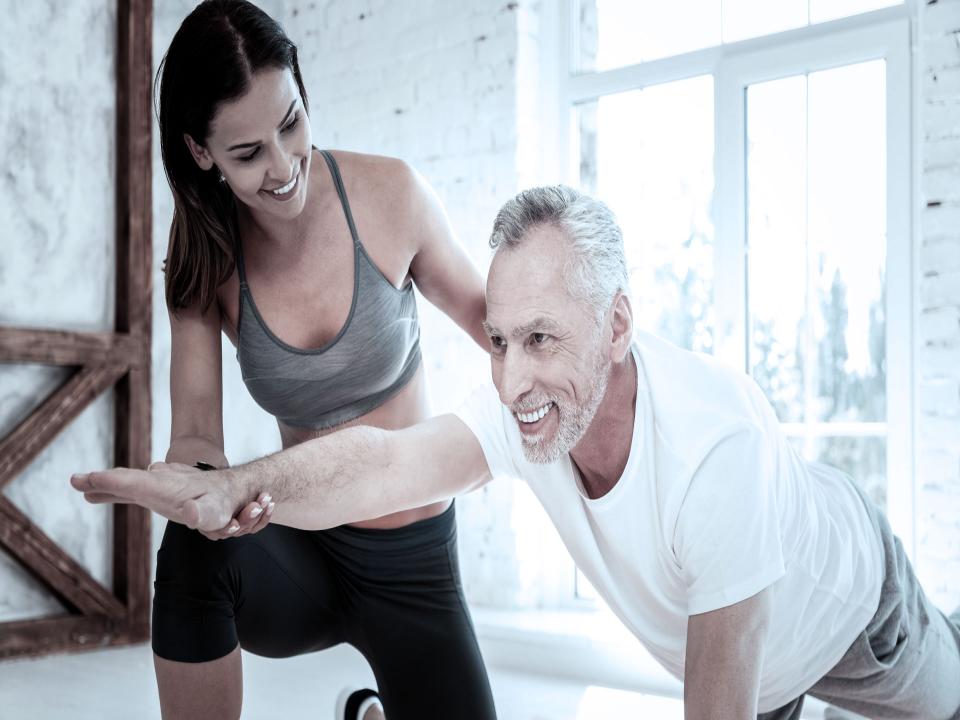Fitness built for neurodivergent minds—custom workouts, focus tools, and accountability that last.
Fitness and Yoga Strategies for Neurodiverse Empowerment
Fitness and yoga can empower neurodiverse individuals to thrive. Tailored strategies improve focus, strength, and emotional well-being. These practices offer tools to balance sensory input, foster self-awareness, and boost confidence. By implementing adaptive methods, neurodiverse individuals can find sustainable routines that meet their unique needs.
Understanding Neurodiverse Needs in Fitness
Fitness programs must cater to the unique needs of neurodiverse individuals. This starts with understanding sensory preferences and cognitive differences. Each person’s experience with movement, balance, and coordination varies greatly. Some may love high-energy activities, while others prefer calm and structured exercises.
Sensory processing often influences fitness choices. For example, some individuals find loud gyms overwhelming. Choosing quieter environments or outdoor activities can make fitness more accessible. Texture sensitivity also matters. Wearing soft, comfortable clothing and using smooth workout equipment can reduce distractions.
Breaking activities into smaller steps builds confidence. Simple instructions help neurodiverse individuals stay engaged without feeling overwhelmed. Visual aids, like charts or videos, can complement verbal instructions. These tools offer clarity and support focus.
Routine is another key aspect. Predictable schedules create a sense of stability. Incorporating fitness into daily habits makes it easier to maintain long-term commitment. Flexibility within routines ensures that individuals don’t feel trapped by rigid expectations.
Fitness should focus on enjoyment rather than competition. Positive reinforcement motivates individuals to stay active. Celebrating small milestones fosters a sense of achievement and builds self-esteem.
Yoga as a Mind-Body Practice for Neurodiverse Individuals
Yoga provides a holistic approach to fitness for neurodiverse individuals. Its blend of movement and mindfulness enhances physical and mental health. Yoga reduces stress, improves concentration, and fosters self-regulation.
Breathing exercises, or pranayama, are foundational in yoga. These exercises calm the nervous system, reducing anxiety and overstimulation. Techniques like alternate nostril breathing or deep belly breaths create grounding effects. Practicing these daily builds resilience to sensory challenges.
Yoga poses, or asanas, promote balance, flexibility, and strength. Gentle poses, such as child’s pose and cat-cow stretch, provide soothing benefits. Active poses like warrior or tree build confidence and body awareness. Adaptive yoga props, such as blocks or straps, accommodate varying abilities and comfort levels.
Mindfulness is a central aspect of yoga. Guided meditations or visualizations improve focus and emotional regulation. Apps and online classes tailored for neurodiverse learners make these practices more accessible. Practicing mindfulness helps individuals navigate daily challenges with a calm mindset.
Structured yoga routines work best for neurodiverse individuals. Familiar sequences build comfort and reduce unpredictability. Shorter sessions cater to those with limited attention spans. Over time, consistency in yoga fosters a strong mind-body connection, empowering individuals to manage stress effectively.
Building a Sensory-Friendly Fitness Environment
Creating a sensory-friendly fitness environment is crucial for neurodiverse empowerment. Such spaces minimize discomfort and support focused engagement. Key factors include lighting, sound, and texture considerations.
Lighting plays a significant role in sensory experiences. Bright, harsh lights can overwhelm some individuals. Soft, natural lighting or dimmable options create a calming atmosphere. Avoid flickering fluorescent lights, which may cause distractions or discomfort.
Sound management is equally important. Loud music or echoing spaces can feel overstimulating. Using noise-canceling headphones or playing soothing background music creates a more inclusive environment. Some individuals prefer complete silence during workouts.
Texture-sensitive individuals benefit from thoughtful equipment choices. Smooth mats, soft resistance bands, and padded weights enhance comfort. Ensuring cleanliness and a neutral smell in the space also contributes to sensory harmony.
Clear organization reduces cognitive overload. Arranging equipment logically and maintaining open spaces prevents feelings of chaos. Labeling storage areas with visual signs supports independent navigation.
Personalizing the environment to individual preferences ensures long-term success. Small changes, like adding a favorite color or object, create familiarity. A sensory-friendly fitness space fosters comfort and encourages consistent participation.
Strategies for Motivation and Goal Setting
Motivation drives consistency in fitness and yoga practices. For neurodiverse individuals, personalized strategies enhance engagement. Setting clear, achievable goals fosters a sense of purpose and accomplishment.
Start with short-term goals to build momentum. For example, completing a 10-minute workout three times a week is manageable. Celebrating small wins encourages progression toward larger objectives. Visual trackers, such as charts or apps, help individuals monitor their achievements.
Intrinsic motivation plays a vital role. Activities that align with personal interests increase enjoyment. For instance, combining fitness with hobbies like dancing or hiking creates a sense of play. Exploring various activities helps discover what resonates most.
Positive reinforcement boosts morale. Offering rewards, such as a favorite snack or extra screen time, adds excitement. These incentives should align with the individual’s preferences and values.
Accountability partners provide support and encouragement. Joining group classes or working out with a friend creates a sense of connection. Virtual communities also offer inspiration and shared experiences.
Flexibility in goal setting accommodates changing needs. Reassessing goals regularly ensures they remain relevant and attainable. This adaptability builds resilience and prevents frustration. By focusing on progress over perfection, individuals can sustain motivation long-term.
Incorporating Playfulness into Fitness and Yoga
Playfulness transforms fitness and yoga into enjoyable experiences. For neurodiverse individuals, adding elements of fun boosts engagement and reduces stress. Creative approaches make physical activity feel less like a chore and more like an adventure.
Games provide a dynamic way to stay active. Activities like obstacle courses or scavenger hunts blend movement with excitement. These exercises improve coordination and problem-solving skills. Using tools like yoga dice or fitness cards introduces spontaneity to routines.
Imaginative themes enhance yoga sessions. Pretending to be animals during poses adds a playful twist. For example, roaring in lion pose or fluttering like a butterfly creates joy. Story-based sequences, where movements align with a narrative, captivate attention.
Music energizes workouts and sets the tone. Choosing upbeat or favorite songs transforms mundane exercises into lively sessions. Rhythmic activities, like dancing or drumming, stimulate creativity and expression.
Celebrating individuality amplifies playfulness. Encouraging unique movements or pose variations fosters confidence. This freedom allows individuals to explore their abilities without fear of judgment.
By embracing play, fitness and yoga become empowering rather than intimidating. Playful practices inspire a lifelong love for movement, enhancing overall well-being.
Adapting Strategies for Different Age Groups
Fitness and yoga strategies should evolve with age. Tailoring practices to developmental stages ensures their effectiveness. Neurodiverse children, teens, and adults have distinct needs and preferences.
For children, focus on fun and exploration. Activities like animal yoga or simple obstacle courses engage young minds. Short, interactive sessions match their attention spans. Encouraging group activities builds social skills and fosters friendships.
Teenagers often seek independence and self-expression. Offering choices in activities empowers them to take ownership. Fitness apps or online yoga classes appeal to tech-savvy teens. Introducing challenges, like mastering a new pose, keeps them motivated.
Adults benefit from structured routines and goal-oriented practices. Incorporating relaxation techniques, such as guided meditations, addresses stress. Adaptive equipment ensures comfort and safety. Partner workouts or group sessions create opportunities for connection.
Across all ages, promoting autonomy is vital. Allowing individuals to set their pace and preferences fosters empowerment. Regularly updating strategies keeps them aligned with changing needs.
Adapting practices to different life stages ensures lifelong engagement. By meeting individuals where they are, fitness and yoga remain accessible and fulfilling.
Conclusion: Fitness and Yoga Strategies for Neurodiverse Empowerment
Fitness and yoga empower neurodiverse individuals to thrive in body and mind. Tailored strategies address sensory needs, enhance focus, and foster emotional resilience. By creating inclusive environments, embracing playfulness, and adapting to life stages, these practices become transformative tools. With the right approaches, neurodiverse individuals can achieve sustainable wellness and build empowered lives.



